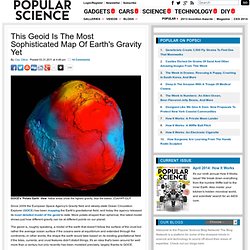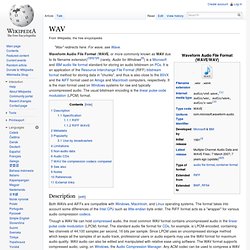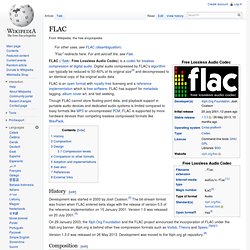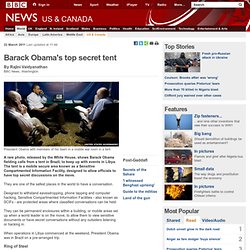

11 cheap gifts guaranteed to impress science geeks. Science comes up with a lot of awesome stuff, and you don't need a Ph.D, a secret lab, or government funding to get your hands on some of the coolest discoveries.

We've got a list of 11 mostly affordable gifts that are guaranteed to blow your mind, whether or not you're a science geek. Click on any image to see it enlarged. 1. Aerogel Also known as frozen smoke, Aerogel is the world's lowest density solid, clocking in at 96% air. Aerogel isn't just neat, it's useful. Price: $35 2. Inside these sealed glass balls live shrimp, algae, and bacteria, all swimming around in filtered seawater.
EcoSpheres came out of research looking at ways to develop self-contained ecosystems for long duration space travel. Price: $80 3. NASA has been trying to figure out how to get a sample of rock back from Mars for a while now. Every once in a while, a meteorite smashes into Mars hard enough to eject some rocks out into orbit around the sun. Price: $70+ This Geoid Is The Most Sophisticated Map Of Earth's Gravity Yet. Since 2009 the European Space Agency's Gravity field and steady-state Ocean Circulation Explorer (GOCE) has been mapping the Earth's gravitational field, and today the agency released its most detailed model of the geoid to date.

More potato-shaped than spherical, this latest model shows just how different gravity can be at different points on our planet. The geoid is, roughly speaking, a model of the earth that doesn't follow the surface of the crust but rather the average ocean surface if the oceans were at equilibrium and extended through the continents--in other words, the shape the earth would take based on its existing gravitational field if the tides, currents, and crust features didn't distort things.
Video: Magnetic Gels That Swim, Shimmy, and 'Walk' WAV. Waveform Audio File Format (WAVE, or more commonly known as WAV due to its filename extension)[3][6][7][8] (rarely, Audio for Windows[9]) is a Microsoft and IBM audio file format standard for storing an audio bitstream on PCs.

It is an application of the Resource Interchange File Format (RIFF) bitstream format method for storing data in "chunks", and thus is also close to the 8SVX and the AIFF format used on Amiga and Macintosh computers, respectively. It is the main format used on Windows systems for raw and typically uncompressed audio. The usual bitstream encoding is the linear pulse-code modulation (LPCM) format.
Description[edit] Both WAVs and AIFFs are compatible with Windows, Macintosh, and Linux operating systems. There are some inconsistencies in the WAV format: for example, 8-bit data is unsigned while 16-bit data is signed, and many chunks duplicate information found in other chunks. Specification[edit] RIFF[edit] Free Lossless Audio Codec. FLAC (/ˈflæk/; Free Lossless Audio Codec) is a codec for lossless compression of digital audio.

Digital audio compressed by FLAC's algorithm can typically be reduced to 50–60% of its original size[4] and decompressed to an identical copy of the original audio data. FLAC is an open format with royalty-free licensing and a reference implementation which is free software. FLAC has support for metadata tagging, album cover art, and fast seeking. Though FLAC cannot store floating-point data, and playback support in portable audio devices and dedicated audio systems is limited compared to lossy formats like MP3 or uncompressed PCM, FLAC is supported by more hardware devices than competing lossless compressed formats like WavPack. History[edit] Development was started in 2000 by Josh Coalson.[5] The bit-stream format was frozen when FLAC entered beta stage with the release of version 0.5 of the reference implementation on 15 January 2001. Version 1.3.0 was released on 26 May 2013. Design[edit]
Barack Obama's top secret tent. 22 March 2011Last updated at 11:44 By Rajini Vaidyanathan BBC News, Washington President Obama with members of his team in a mobile war room in a tent A rare photo, released by the White House, shows Barack Obama fielding calls from a tent in Brazil, to keep up with events in Libya.

The tent is a mobile secure area known as a Sensitive Compartmented Information Facility, designed to allow officials to have top secret discussions on the move. They are one of the safest places in the world to have a conversation. Designed to withstand eavesdropping, phone tapping and computer hacking, Sensitive Compartmented Information Facilities - also known as SCIFs - are protected areas where classified conversations can be held. They can be permanent enclosures within a building, or mobile areas set up when a world leader is on the move, to allow them to view sensitive documents or have secret conversations without any outsiders listening or hacking in. Happy Pi Day (3.14) Domino Spiral. ScienceCasts: Super Moon. Free Windows Bootdisks, Free DOS boot disk. Cheat Sheet: 10 Tips and Tricks for Microsoft Word.